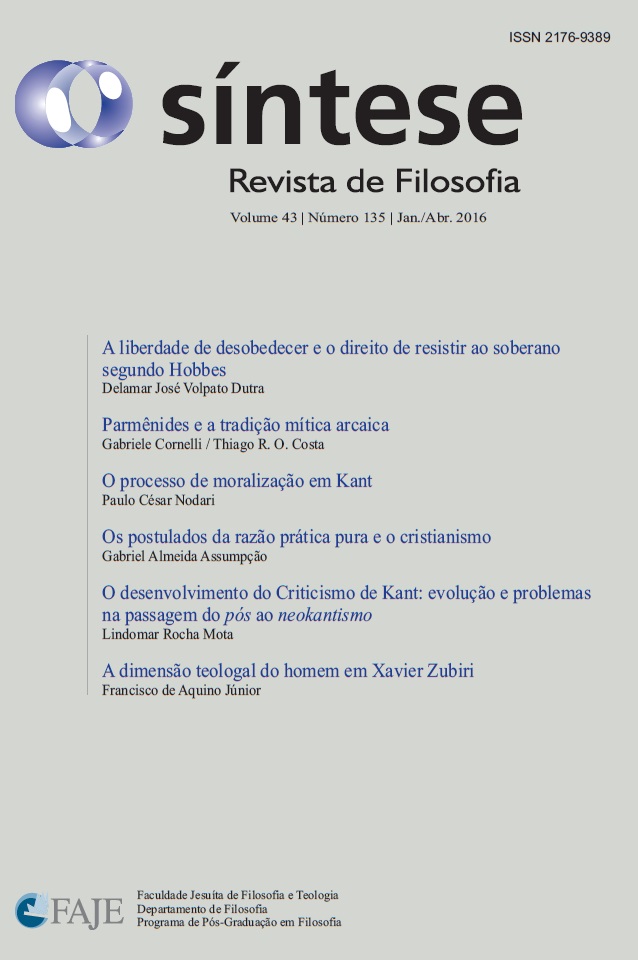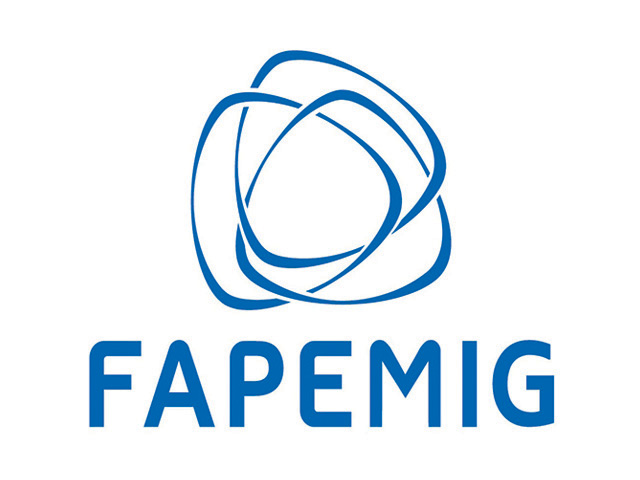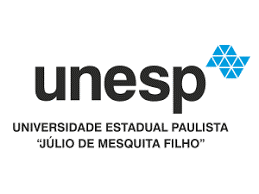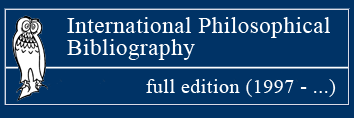O DESENVOLVIMENTO DO CRITICISMO DE KANT: EVOLUÇÃO E PROBLEMAS NA PASSAGEM DO PÓS AO NEOKANTISMO
DOI:
https://doi.org/10.20911/21769389v43n135p121-142/2016Palavras-chave:
Kantismo, pós-kantismo, neokantismo, liberdade, ideiaResumo
Resumo: Este artigo discute a evolução do pensamento kantiano a partir do conceito de coisa-em-si. A divisão da realidade entre fenômeno e noumeno marca claramente uma preocupação posterior nos discípulos e seguidores deste autor. O modo como os ditos conceitos evoluíram, de maneira diferente é tema principal na reelaboração constitutiva do Criticismo. Dois pontos são ressaltados no debate: a visão dos pós-kantianos e Neokantianos, especialmente Liebmann e Cohen, seguidores tardios que julgaram ser necessária uma adaptação à filosofia kantiana. Em todo caso, é possível perceber a pouca fidelidade de ambos ao pensamento do autor. A filosofia crítica deixa de ser o parâmetro de sua própria interpretação para entrar num projeto puramente evolutivo a respeito da ética, da metafísica e da história.
Abstract: This article discusses the evolution of Kantian thought from the notion of the thing-in-itself. The division of reality between phenomenon and noumenon clearly became a concern for Kant's disciples and followers. The ways these concepts develop is the central theme of the constitutive reworking of Criticism. Two points are emphasized in the debate: the vision of the post-Kantians and that of the neo-Kantians, especially Liebmann and Cohen, later followers who felt it necessary to adapt Kantian philosophy to new challenges. In any case, both tendencies show little fidelity to the author's thought. Critical philosophy ceases to be the parameter of its own interpretation to enter into a purely evolutionary project about ethics, metaphysics and history.


















